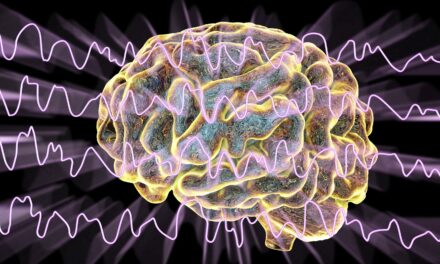A new machine-learning method could help us gauge the time of our internal body clock, helping us make better health decisions, including when and how long to sleep, according to a study published in the Proceedings of the National Academy of Sciences.
The research, conducted by the University of Surrey and the University of Groningen, used a machine-learning program to analyze metabolites in blood to predict the time of our internal circadian timing system.
To date, the standard method to determine the timing of the circadian system is to measure the timing of our natural melatonin rhythm, specifically when we start producing melatonin, known as dim light melatonin onset (DLMO).
Debra Skene, PhD, co-author of the study from the University of Surrey, says in a release, “After taking two blood samples from our participants, our method was able to predict the DLMO of individuals with an accuracy comparable or better than previous, more intrusive estimation methods.”
The research team collected a time series of blood samples from 24 individuals—12 men and 12 women. All participants were healthy, did not smoke, and had regular sleeping schedules seven days before they visited the university clinical research facility. The research team then measured over 130 metabolite rhythms using a targeted metabolomics approach. These metabolite data were then used in a machine-learning program to predict circadian timing.
“We are excited but cautious about our new approach to predicting DLMO, as it is more convenient and requires less sampling than the tools currently available,” says Skene in the release. “While our approach needs to be validated in different populations, it could pave the way to optimize treatments for circadian rhythm sleep disorders and injury recovery. Smart devices and wearables offer helpful guidance on sleep patterns, but our research opens the way to truly personalized sleep and meal plans aligned to our personal biology, with the potential to optimize health and reduce the risks of serious illness associated with poor sleep and mistimed eating.”
Roelof Hut, co-author of the study from the University of Groningen, says in the release, “Our results could help to develop an affordable way to estimate our own circadian rhythms that will optimize the timing of behaviors, diagnostic sampling, and treatment.”
Photo 269589752 © Nebasin | Dreamstime.com





